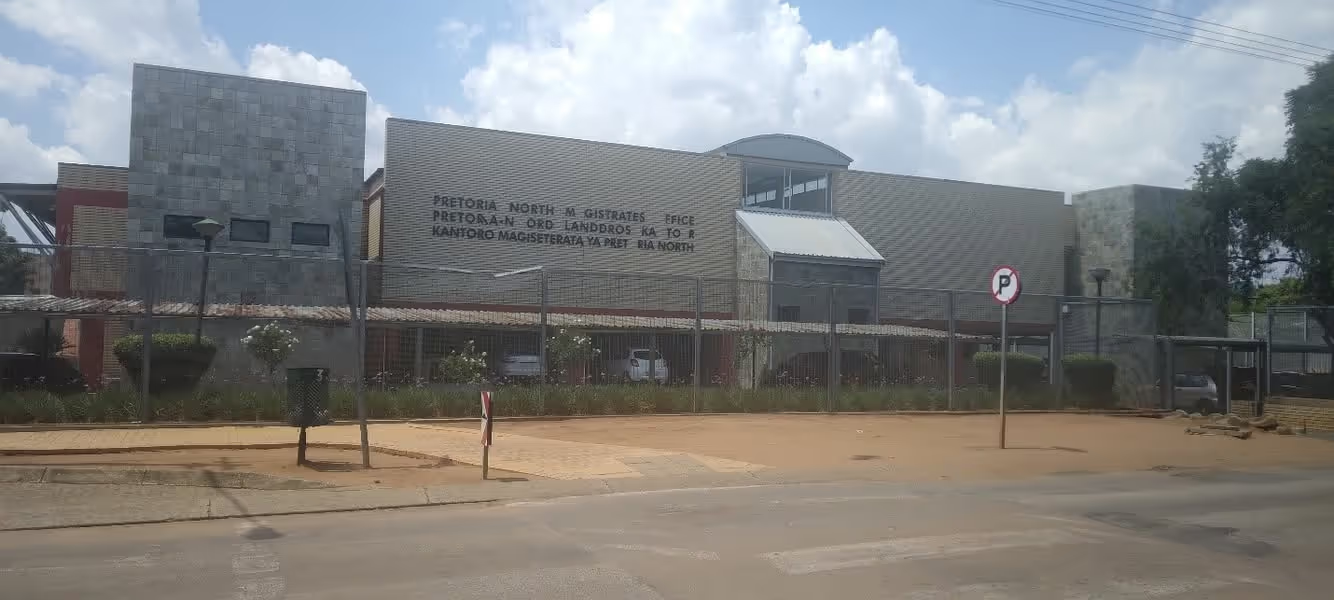Once the cold hits, rest assured your loadshedding app will start beeping warn of electricity cuts at short notice. The Eskom crisis has had damning ramifications for not just the people but also its economic activity. Rolling blackouts may have become some sort of a norm but there is nothing normal about them.
ROLLING BLACKOUTS
The blackouts implemented by the power utility Eskom began in late 2007 and in recent years have become more frequent disturbing daily life. These blackouts commonly known as loadshedding happen when generating units are offline due to maintenance, refuelling or even repairs.
However, those are just the technical problems. Some of Eskom’s woes are attributed to mismanagement, skills shortages, negligence by staff to mention a few.
THE IMPACT OF LOADSHEDDING
Eskom’s troubles made life more difficult, especially for those people running businesses, be it big or small. Those who can’t afford to purchase generators have had to wait for power to be restored for business to resume. This meant loss of income for those selling food as Eskom may implement loadshedding at crucial business hours for many industries.
Residents have been crying foul about damaged electric appliances such as stoves, fridges, televisions and the like. This is because when the power is restored it comes back in high voltage causing damage.
PRICE HIKES AND BAILOUTS
Going for one to four hours a day without electricity has become a norm. Be that as it may, Eskom keeps asking for tariff increases. In recent times, Eskom proposed the power regulator National Energy Regulator of SA(Nersa) to allow a 20,5 percent tariff increase. Nersa allowed a 9,61 percent increase effective 1 April 2022.
In a bid to save the state-owned entity from collapsing, the government has been keeping its head above water though bailouts. The government said the power utility is too big and important for it to fail as it supplies about 95 percent of the nation’s power, thus it keeps on throwing billions at it.
HOW TO TURN THINGS AROUND
The jury is out about whether there is a bright light at the end of the tunnel for the power utility. The International Monetary Fund made a few major suggestions.
Eskom should abandon its outdated business model, reduce its footprint in the sector, and compete on a level playing field with private participants, including the producers of renewable energy.
Urgent steps to be taken by the company include improved procurement processes to reduce costs, better service delivery through enhanced operational efficiency, faster collection of arrears from municipalities, and continued rationalisation of its wage bill.
Importantly, any government support should be conditional on achieving key milestones in these areas, and any solution to Eskom’s debt problem should avoid undermining reform incentives.






